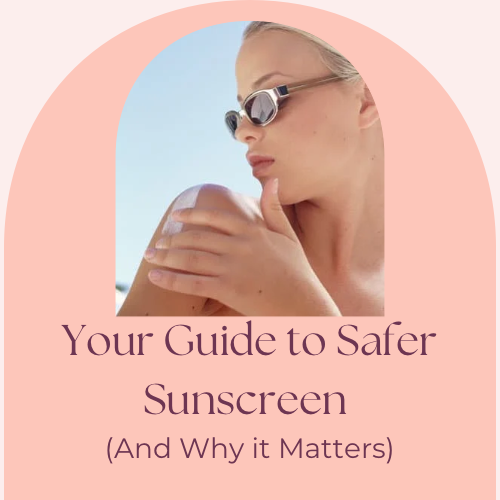A Safer Sunscreen

Let’s discuss sunscreen; a hot topic in more ways than just the sun!
The hazard-based, precautionary approach of the EU acknowledges that chemicals linked to cancer and birth defects simply don’t belong in cosmetics – regardless of the concentration of the chemical being used.
The FDA continues to tell Americans that they should apply sunscreen even as they request information regarding the chemicals used by manufacturers. The FDA has requested detailed ingredient lists to determine if sunscreen chemicals being advertised and sold in the U.S. are actually GRASE; generally regarded as safe and effective. Many sunscreens contain harmful chemicals, so consumers should read up on the facts.
Sunscreen plays a key role in protecting your skin from the sun. When you use a broad-spectrum sunscreen with SPF 30 or higher, it can:
- Reduce your risk of developing skin cancer
- Prevent sunburn
- Decrease signs of aging on your skin
Yet while most sunscreens block out at least some UVB radiation, many don’t screen UVA rays at all, making their use risky. According to the non-profit Environmental Working Group (EWG), by far most of the commercially available sunscreens do not provide adequate protection against the sun’s harmful UV radiation and may also contain chemicals with questionable safety records.
Some contain Padimate-0 and parsol 1789 (also known as avobenzone), which are suspected of causing DNA damage when exposed to sunlight. Furthermore, EWG found that more than half the sunscreens on the market make questionable product claims about longevity, water resistance and UV protection.
Sunscreen recommended by EWG


